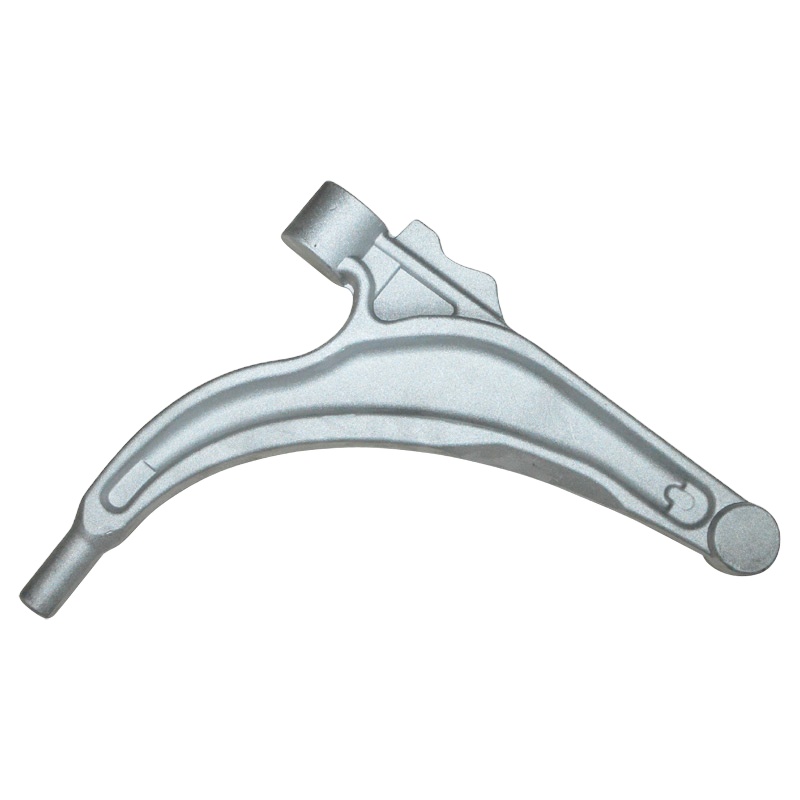Today, let’s take a look at the common forging methods and classification of 6061 aluminum forgings.
Free forging is a simple and flexible metal forming method. Although free forging is recognized as an outdated and uneconomical forging forming method in the case of batch or mass production of small and medium forgings, it is not suitable for small batch or unit production. , especially for large forgings, free forging on a hammer or hydraulic press is still a suitable and economical production method.
Die forging is the main process of forging, and the equipment used mainly includes die forging hammer, anvilless hammer, crank press, screw press, and high-speed hammer. Die forging has high productivity, stable forging size, and high material utilization rate, so it is widely used in batch and mass production of forgings. It is estimated that the number of die forgings is large, accounting for about 90% of the total weight of the forgings.
In fact, in addition to the basic methods of free forging and various die forging, there are some other special forming methods, such as electric upsetting, cold extrusion, rotary forging, roll forging, swing rolling, multi-hammer precision forging, magnetic forging, Superplastic forming, hydrostatic forming, suspension forging, etc. have developed rapidly at home and abroad for more than 20 years. This kind of special forging forming technology will strongly promote the rapid development of the material processing industry.
In order to ensure the quality of 6061 aluminum forgings and improve the performance and service life of the products, in addition to checking the quality of the forgings at any time during the production process, the forgings must also be checked by full-time personnel before storage.
The content of 6061 aluminum forging inspection includes: 6061 aluminum forging geometry and size, surface quality, internal quality, mechanical properties, and chemical composition, and each aspect contains several contents.
The specific inspection items and requirements for forgings must be determined according to the importance level of the forgings. The grades of forgings are divided according to the stress of the parts, working conditions, importance, material types, and metallurgical processes. The classification of forging grades varies in various industrial sectors. Some forgings are divided into three grades, some are divided into three grades. Divided into four or five levels. Therefore, after the forging is produced, it must be inspected, so as to further ensure the quality of the forging.
The forging industry is a major energy consumer, and the energy consumption of heat treatment of forgings accounts for about 30% to 35% of the total energy consumption of the entire forging production (the amount is related to the utilization of forging waste heat of forgings and the application of non-quenched and tempered steel). The consumption is about 0.8t~1t standard coal. Compared with foreign industrialized countries, there is a big gap. For example, the comprehensive energy consumption per ton of forgings in Japan is about 0.515t standard coal. Reducing energy consumption can not only reduce the production cost of forgings, but also improve the enterprise In terms of economic benefits, the energy consumption of forgings accounts for about 8% to 12% of the cost of forgings (this is related to energy prices), and the energy issue is an important issue related to whether a country can sustainably simmer, and even the global economy related to human survival. sexually significant issues.
Heat treatment is a process with huge energy consumption, so there is also a huge potential for energy saving. There are also two wastes (exhaust gas, wastewater, waste residue) discharge, which pollutes the environment, so the improvement of forging heat treatment process, process materials and heat treatment equipment is an important way for forging enterprises to save energy and reduce emissions.
Making full use of the forging waste heat of forgings for heat burial not only has obvious advantages in terms of energy saving, consumption reduction, and efficiency improvement but also reduces the discharge of three wastes, which is both energy-saving and environmentally friendly. The total output of forgings in my country in 2007 was about 4.1 million tons, of which the output of die forgings was 2.93 million tons (automotive die forgings accounted for about 65%), which is of great significance.

